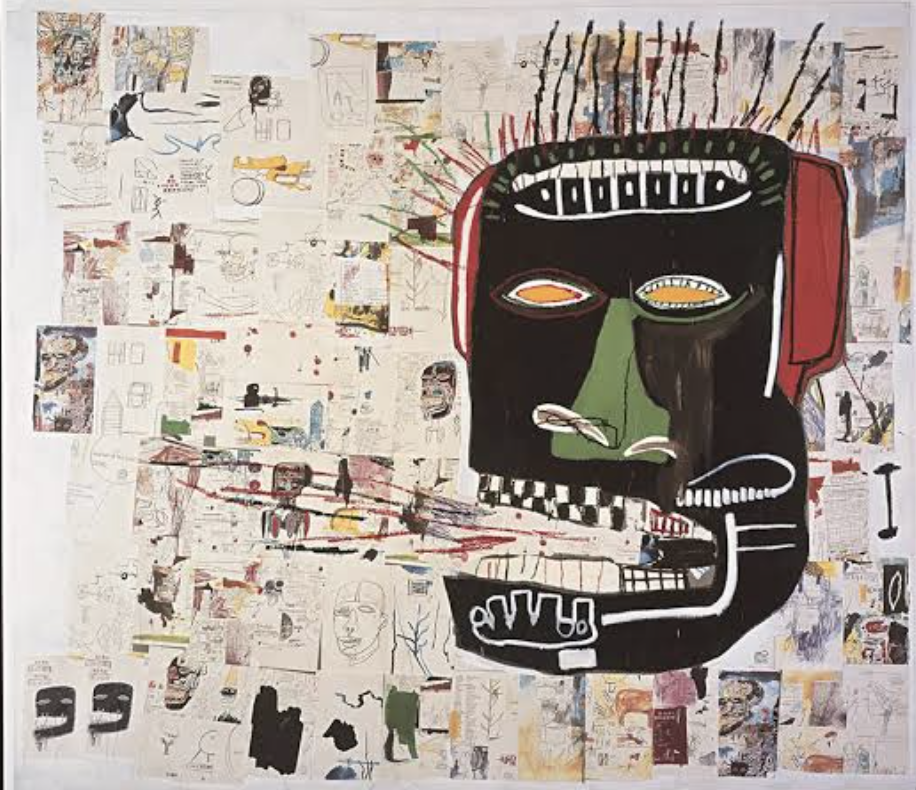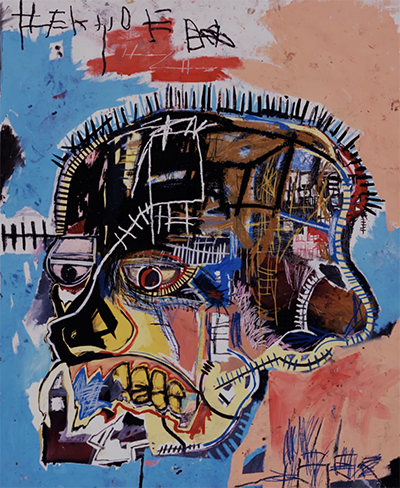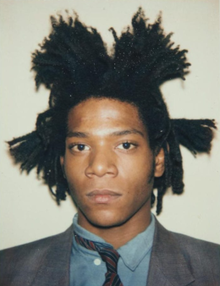
It was August of 1983, and it was another scorching hot summer day in New York City, the kind of day when the streets simmer with heat, radiating waves that distort the urban landscape. The air was thick and heavy, carrying the scent of asphalt and sweat. People sought refuge in the shade of towering skyscrapers or found relief in the cool embrace of air-conditioned buildings. The relentless sun beat down on the bustling streets, casting long shadows and turning the city into a sweltering concrete jungle. Despite the oppressive heat, life in the city pulsated on, with vendors selling their ice-cold drinks, children playing in open fire hydrants, and the distant sound of car horns blended in with the hum of air conditioners. It felt as if the heat was chasing me from room to room, from building to building, and from street to street.
Like most days, I was attempting to navigate the maze of streets, avenues, and neighborhoods. And I got lost. The countless intersections, crowded sidewalks, and towering buildings seemed to disorient me daily. These were the days before Google Maps, and I never seemed to have a paper one. I often joked that my sense of direction was so lacking, I wouldn’t even be able to find my way out of a box. So, it was common to find me wandering down unfamiliar streets, relying on chance encounters or helpful locals to find my way. Getting lost in NYC can be both an adventure and a challenge.

I was walking south on Prince Street, heading down to the financial district where I was studying finance when I crossed over Broadway and accidently turned to the right onto Crosby Street. And there it was on the left-hand side; a building full of an art medium I had never experienced. Graffiti.
This street art held me in its spell, rendering me motionless. Every stroke and every detail seemed to command my gaze, drawing me deeper into its mesmerizing world. It reminded me of modern-day hieroglyphs, I knew there were messages in the striking visual language. I was captivated by the energy, the simplicity, and the complexity. It was raw, expressive, bold, and unique. It blurred the line between fine art and street with the enigmatic symbols and text.
It was as if I had been transported into another realm, where time seemed to stand still. The hours passed in what felt like minutes as I contemplated the deeper meaning and allowed myself to be swept away but the emotions it evoked in me.
When the enchantment lifted, the art stepped off the wall of the building and followed me home.

I learned the artist was Jean-Michel Basquiat, and discovered that he was young, the same age I was at the time. He had been born in Brooklyn to Haitian and Puerto Rican parents in 1960.
Undoubtedly, Jean-Michel Basquiat’s art was deeply intertwined with his childhood memories. His room was upstairs in the rear of the Brooklyn building, which afforded him a panoramic view of a diverse tapestry of imagery – captivating buildings and the sprawling skyline. His passion for music, nurtured by his father’s teachings on jazz and classical music, left an indelible mark on his artistic journey. It’s no surprise that critics often drew parallels between his later works and the improvisational, expansive nature of jazz compositions, a testament to the profound influence of these formative years on his creative expression.
Basquiat, whose graffiti tag was SAMO, left home as a teenager to live in Lower Manhattan, playing in a band, painting, and supporting himself with odd jobs. In the late 1970’s he became known for his graffiti. In 1980, after a group of artists from the punk and graffiti underground held a show in Times Square, Basquiat’s paintings began to attract the attention of the art world, which at the time had not made much room for cultural diversity.
In the 1981 article “The Radiant Child,” which helped catapult Basquiat to fame, critic Rene Ricard wrote, “We are no longer collecting art we are buying individuals. This is no piece by SAMO. This is a piece of SAMO.” This statement captured the market-driven ethos of the 1980s art boom that coincided with polarizing views played out in government and media, known as the culture wars. In this context, Basquiat was keenly aware of the racism frequently embedded in his reception, whether it took the form of positive or negative stereotypes. In his work, he integrated a critique of an art world that both celebrated and tokenized him. Basquiat saw his own status in this small circle of collectors, dealers, and writers connected to an American history rife with exclusion, invisibility, and paternalism, and he often used his work to directly call out these injustices and hypocrisies.
Like numerous sacred sites I’ve encountered, from the majestic dome of the Capitol Rotunda in Washington DC to the haunting stone crypts of New Orleans, the Parthenon within Centennial Park in Nashville, and even the ancient temples and pyramids in Egypt along with Stonehenge, Basquiat’s works are imbued with layers of meaning. Much like these revered landmarks, his images harbor double and triple entendre, inviting viewers to interpret them through their own unique lenses.
Basquiat’s art possesses a transformative essence that transcended the ordinary, propelling me into realms of imagination previously unexplored. His work became a beacon, illuminating new perspectives and prompting me to perceive the world through fresh, unexpected lenses. Its impact remains etched on my soul, a testament to the profound influence of artistic expression. Basquiat’s creations not only enriched my life but also served as a poignant reminder of the infinite dimensions of the human creativity.
A sacred site can manifest in a myriad of ways. For some, it’s a pilgrimage to a cathedral, a path trodden by countless pilgrims over millennia. Yet, for me, it was an unexpected encounter, a stumble upon a masterpiece. The essence of a sacred site isn’t confined to places with historical reverence; rather its sanctity arises from the profound impact it has on you – what you see, but more crucially, how it makes you feel.
If there is a trick to soulful travel, it is learning to see for yourself. The difference between a soulful traveler and a tourist is the intention of the attention and the quality of the curiosity. The result of this personal discovery on Crosby Street on a single day compelled me to return again and again and again to deepen my understanding. The artist and soulful travelers are in parallel realms, and by nature are similar; like Siamese twins, they are connected by the tissue of desire to experience the world directly. And like the art of Basquiat, the beauty in the world is made visible by seeing with the eyes of the heart.
Several years later, on August 12, 1988, and no longer living on Crosby Street, this young, wildly successful artist tragically died of a heroin overdose at the age of 27. I remember it vividly because this news cracked open my heart like a boiled egg. I was renting a loft on the top floor of a building erected back in 1908, nestled in downtown El Paso. The expansive window at the back of my loft offered a panoramic view of Ciudad Juarez, Mexico. It was a Friday, and as I left the advertising agency where I worked, I made sure to leave on time. Exiting my office, I hopped in my trusty old blue Mustang convertible, its top down, and made a brief stop at the corner liquor store in my neighborhood and bought a modest red cabernet.
Back in the sanctuary of my loft, with my wine in hand, I gazed out over the shimmering lights of Juarez. With each sip, I felt a connection to Basquiat whose untimely death had shaken the art world, including my own. Though I had never crossed paths with him in person, his art and his heart, felt deeply personal to me. I mourned the loss of Basquiat as if bidding farewell to a dear friend.
As I raised my glass in a silent tribute, I understood that some people transcend the boundaries of mere acquaintance, they become impactful figures in our lives. And that’s when I knew. Some people are sacred too.
Are you wearing the best colors for you? Each of us has a power color based on the five elements and the day we were born. Sign up for my email list and provide me the day, month, and year of your birth and I will send you your birth element and power color!

Leave a Reply